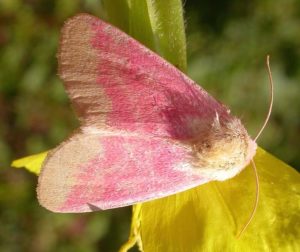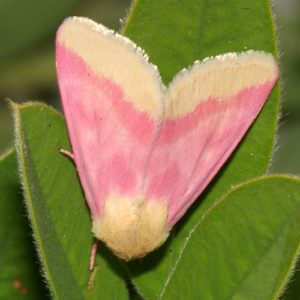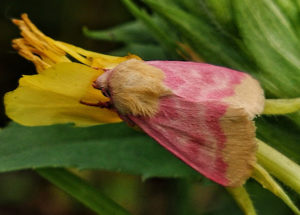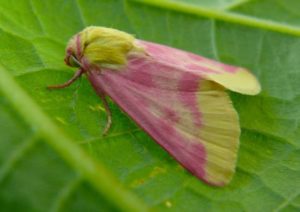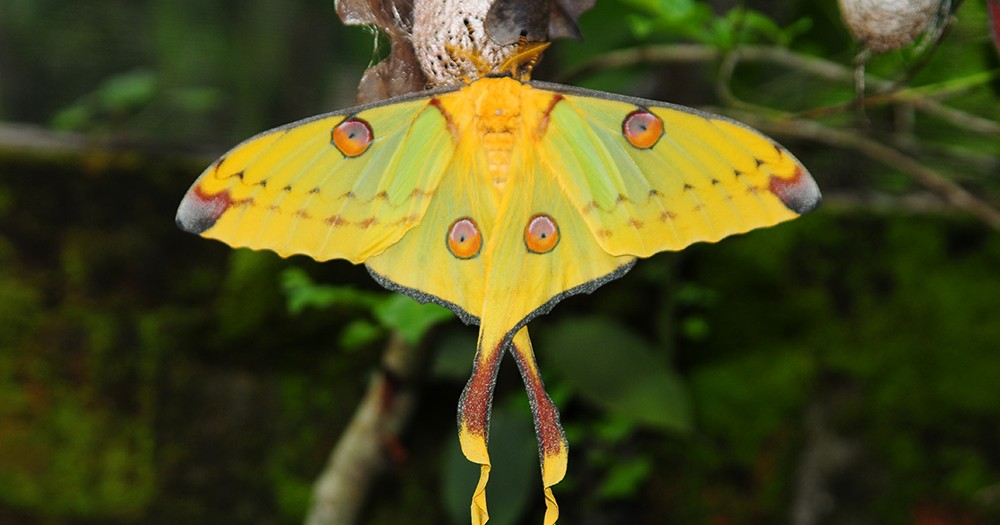Primrose Moth (Schinia florida)
The primrose moth is a member of the owlet moth family, earning its name since the larvae feed on primrose plants. French entomologist Achille Guénee first described the species in 1852.
a4.pbase.com
Scientific Classification
- Family: Noctuidae
- Genus: Schinia
- Scientific Name: Schinia florida
Description and Identification
Caterpillar
It is green with a pink head. They feed on the seeds and flowers of the host plant instead of the leaves.
Pupa
After fully maturing, the larvae enter into the pupal phase.
Adult Moth
Sexual Dimorphism: Present but not prominent.
Color and Appearance:
Adult moths have a pink head. Their thorax and abdomen are yellow on the top and pink on the bottom.
Forewing: When the wings are open, it is bright pink with a yellow subterminal line, and the underside of the wings is yellow. When closed, the yellow parts of the wings aren’t visible.
Hindwing: When opened, the hindwings are white with a pink band close to the body, with similar yellow undersides. When closed, the yellow parts are not seen.
Average wingspan: 27-36 mm
Flight pattern: Erratic
Season: Late June to September
Egg
Females lay their eggs in the bud of the host plant.
Quick Facts
| Distribution | North America; including Nova Scotia, Newfoundland, Alberta, Texas, and northern Alberta |
| Habitat | Fields, clearings, and wastelands |
| Predators | Birds, bats |
| Lifespan of Adults | Not recorded |
| Host Plants | Primrose plants |
| Adult Diet | Does not feed |
Scientific Classification
- Family: Noctuidae
- Genus: Schinia
- Scientific Name: Schinia florida

